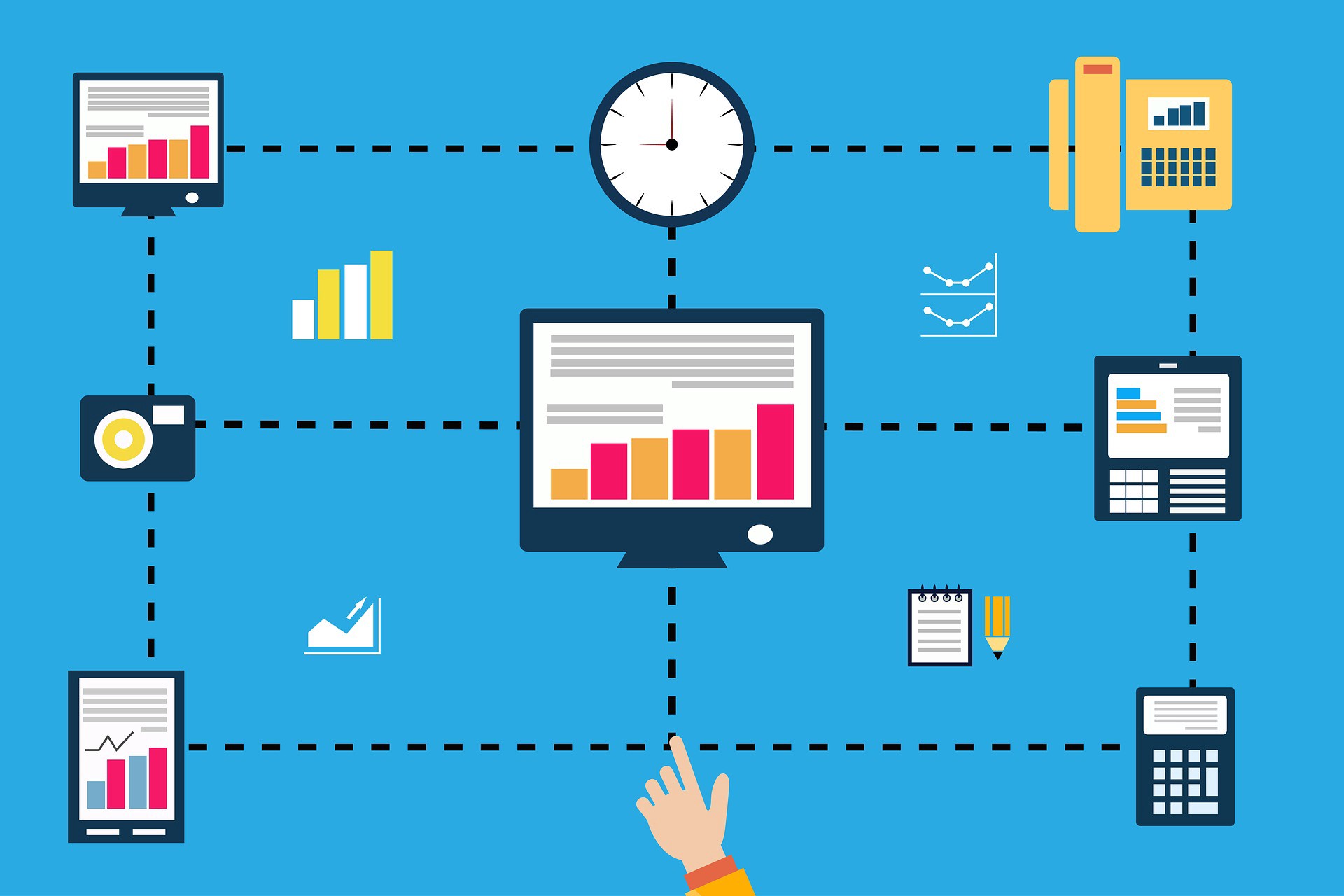Data Assessment & Planning (DAP)
Data
The data component of DAP notes includes everything you heard and observed in the session. It is a review of all the information gathered. Most of this information is client self-report but clinician observations also provide valuable information. Although most of the data will be objective, the clinician, at times, may inject some subjectivity into the process. For example, they may note that a client “appears agitated”. An overall question that summarizes this section is “what did I see?”.
Assessment
The assessment portion of the DAP note reflects clinician interpretation. Here are some important questions to answer in the assessment section: Is the client making an effort to address their issues? How does the data reflect attention to their treatment goals? Are they making progress? Does the data indicate a particular diagnosis or issue to be addressed? In other words “what does the data mean?”
Plan
The final portion of the DAP note is the plan for future treatment. It may involve what you want the client to do next as well as what you, the therapist, want to accomplish. For instance, you may write that the client is to complete a homework assignment or that you need to contact their psychiatrist about their medication. Keep in mind, this segment is not the entire treatment plan. It is simply the goal from one session to the next. However, it may include changes or new directions to the overall treatment plan. It answers the question, what will I do next?

Data Assessment & Planning (DAP)

Data
The data component of DAP notes includes everything you heard and observed in the session. It is a review of all the information gathered. Most of this information is client self-report but clinician observations also provide valuable information. Although most of the data will be objective, the clinician, at times, may inject some subjectivity into the process. For example, they may note that a client “appears agitated”. An overall question that summarizes this section is “what did I see?”.
Assessment
The assessment portion of the DAP note reflects clinician interpretation. Here are some important questions to answer in the assessment section: Is the client making an effort to address their issues? How does the data reflect attention to their treatment goals? Are they making progress? Does the data indicate a particular diagnosis or issue to be addressed? In other words “what does the data mean?”
Plan
The final portion of the DAP note is the plan for future treatment. It may involve what you want the client to do next as well as what you, the therapist, want to accomplish. For instance, you may write that the client is to complete a homework assignment or that you need to contact their psychiatrist about their medication. Keep in mind, this segment is not the entire treatment plan. It is simply the goal from one session to the next. However, it may include changes or new directions to the overall treatment plan. It answers the question, what will I do next?

Predictive Modeling & Statistical Analysis
Predictive modeling, refers to the process of using mathematical and computational methods to develop predictive models that examine current and historical datasets for underlying patterns and calculate the probability of an outcome. The predictive modeling process starts with data collection, then a statistical model is formulated, predictions are made, and the model is revised as new data becomes available.
Predictive modeling is generally categorized as either parametric or nonparametric models. Within these two camps are several different varieties of predictive analytics models, including Ordinary Least Squares, Generalized Linear Models, Logistic Regression, Random Forests, Decision Trees, Neural Networks, and Multivariate Adaptive Regression Splines.
Predictive Modeling & Statistical Analysis

Predictive modeling, refers to the process of using mathematical and computational methods to develop predictive models that examine current and historical datasets for underlying patterns and calculate the probability of an outcome. The predictive modeling process starts with data collection, then a statistical model is formulated, predictions are made, and the model is revised as new data becomes available.
Predictive modeling is generally categorized as either parametric or nonparametric models. Within these two camps are several different varieties of predictive analytics models, including Ordinary Least Squares, Generalized Linear Models, Logistic Regression, Random Forests, Decision Trees, Neural Networks, and Multivariate Adaptive Regression Splines.
Dynamic & Data-Driven Story Visualizations
Data visualization is the communication of data in a visual manner, or turning raw data into insights that can be easily interpreted by your readers.
Visualizing data is effective when done right. We define right when the data visualizations have served their purpose. A quick test – when people can interpret your visualization by asking more questions on the information displayed versus how or what is displayed, then you know you are on the right path. So in order to be highly effective, it is important to design the right visualizations for your data to allow yourself and team members to interpret and make decisions based on what they observe.

Dynamic & Data-Driven Story Visualizations

Data visualization is the communication of data in a visual manner, or turning raw data into insights that can be easily interpreted by your readers.
Visualizing data is effective when done right. We define right when the data visualizations have served their purpose. A quick test – when people can interpret your visualization by asking more questions on the information displayed versus how or what is displayed, then you know you are on the right path. So in order to be highly effective, it is important to design the right visualizations for your data to allow yourself and team members to interpret and make decisions based on what they observe.

